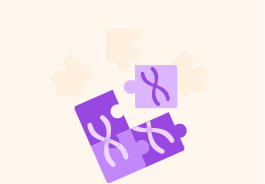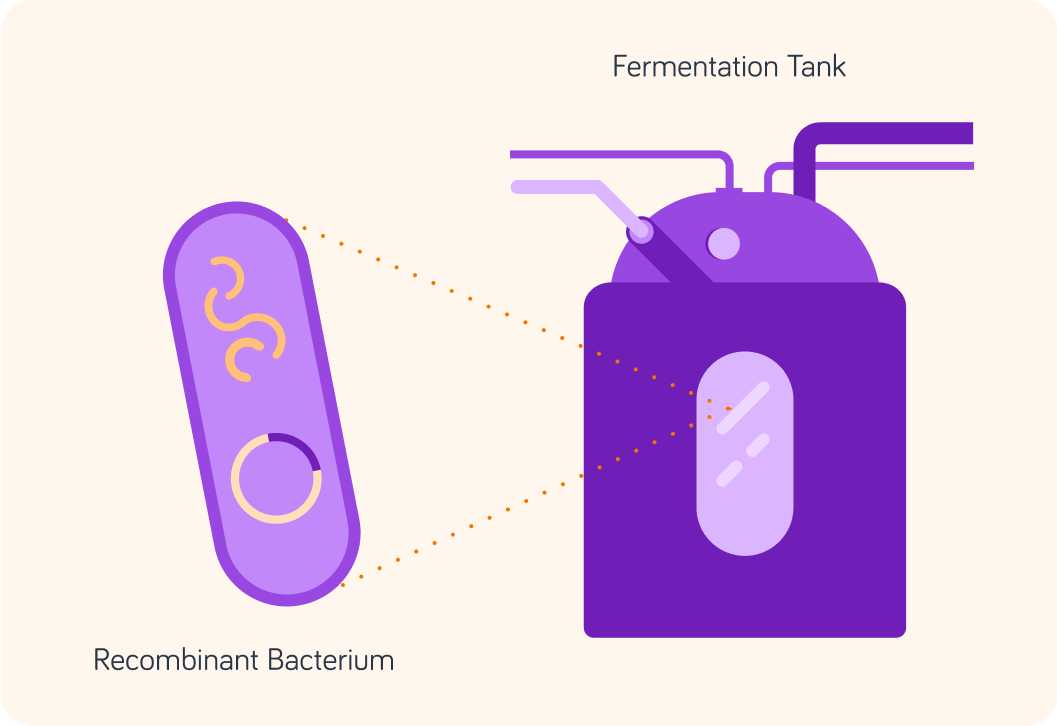YOU ARE LEARNING:
Multiplying DNA

Multiplying DNA
The human insulin gene can be added to a plasmid in bacteria. Batches of modified bacteria can be grown in fermenters. The insulin can then be collected from the bacteria and used for human medicine.
Insulin is a hormone that controls blood sugar levels. To make insulin, an organism needs a length of DNA. What is a length of DNA called that codes for a single protein?

Humans need insulin to survive. The gene that codes for its production sits on chromosome number 7.
What is the condition called that results from an inability to make insulin?

Bacteria have no need for insulin to survive.
So they don't have the gene to make this hormone.
We can cut a copy of the gene from a human chromosome and place it into the bacterium, using a naturally occurring ring of DNA found in the bacterium. What is this ring of DNA called?

Summary
The insulin gene is added to the plasmid. The plasmid is returned to the bacterium. The bacterium makes insulin.
Genetically modifying a single bacterium, or even a small number of bacteria, will allow these to make insulin. But a bacterium is very small and only makes a tiny amount of insulin. What do we need to do to the bacteria to obtain larger amounts of this drug?

What conditions would bacteria need to grow and reproduce rapidly? Pick all the options you think are correct.

You can select multiple answers
The image shows a basic fermenter. It is a large metal container that provides the ideal conditions for bacteria to reproduce. What would be the best temperature to keep this at?


Once the fermentation of the bacteria is complete, there will be a large mass of bacteria, waste products and insulin in the fermenter. What do you think happens next?

So fermenters can manufacture large amount of insulin relatively cheaply.
Once the insulin is separated from the mixture, there is a final stage before it can be used by people. What do you think that might be?

